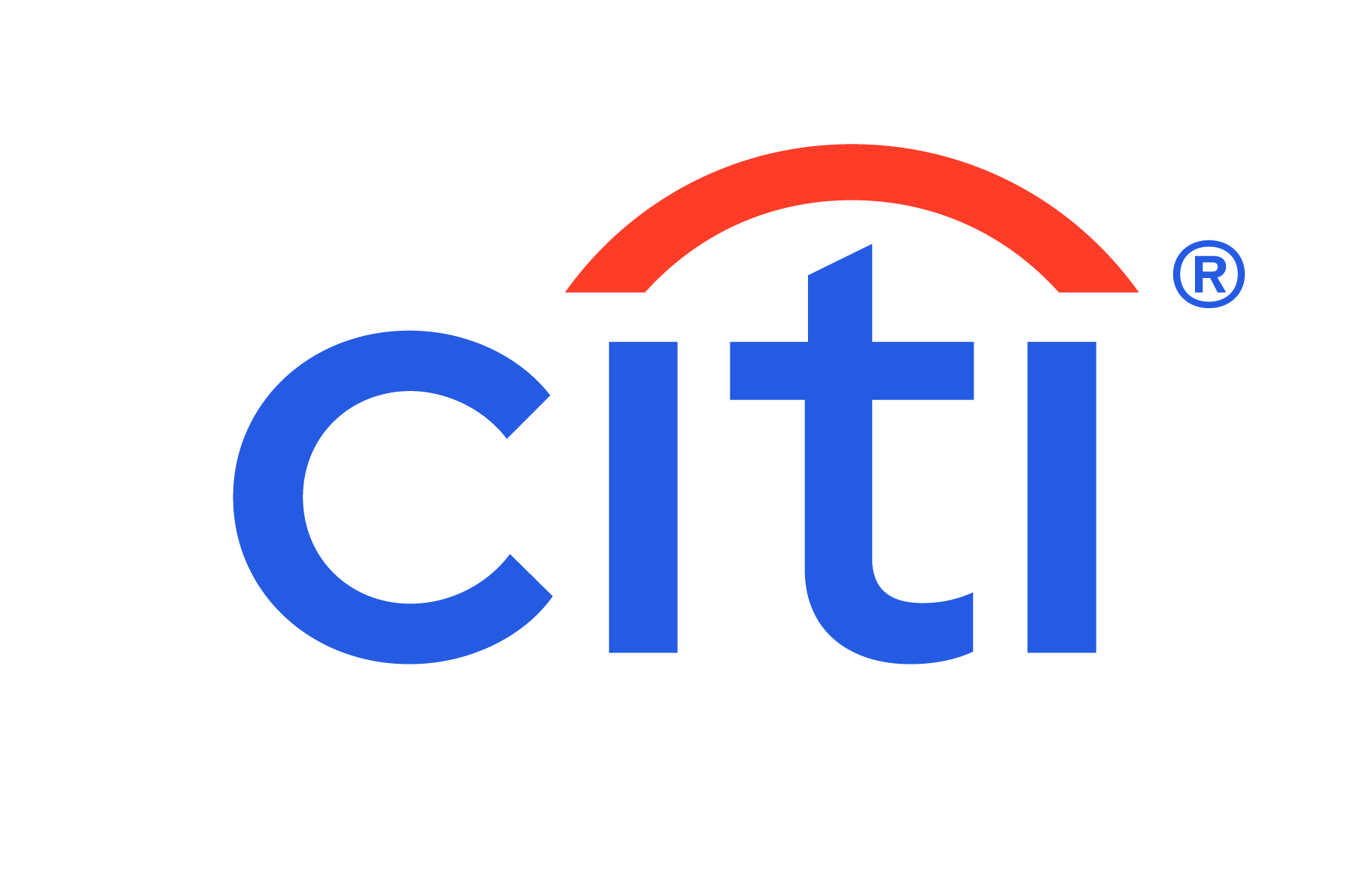Bank of America vs. Citibank: Which Is Best for You?
Both national banks offer convenient options but their interest rates are lacking. See how they stack up against each other.
Many, or all, of the products featured on this page are from our advertising partners who compensate us when you take certain actions on our website or click to take an action on their website. However, this does not influence our evaluations. Our opinions are our own. Here is a list of our partners and here's how we make money.
Editor’s note: Some of the information on this page may be outdated as of the publication date.
Citibank and Bank of America both offer what national banks are known for: convenience over high savings rates. Each has a wide range of accounts and extensive ATM access, plus perks such as top-shelf technology, but their accounts don’t earn much interest.
Here’s a quick look at how Bank of America and Citibank compare.
Snapshot comparison
Bank of America | Citibank (in Basic Banking package) |
Checking accounts | |
Bank of America Advantage Plus Banking®
| Citibank Simple Checking N/A. |
Savings accounts | |
Bank of America Advantage Savings
| Citi Access Account Savings
|
Certificates of deposit | |
Bank of America interest rates on CDs
| Citibank interest rates on CDs
|
Overdrafts, ATMs, customer service | |
Bank of America details | Citibank details |
Choose Bank of America if:
You want access to more branches.
Choose Citibank if:
You want a larger ATM network.
You want to avoid overdraft fees.
You’ll need live customer service by phone during irregular hours.
Or go with an alternative
Unlike these brick-and-mortars, online banks don’t offer a lot of — if any — branches. But online banks do have excellent annual percentage yields, or APYs, that make your savings grow faster, no matter where you live. And fees tend to be low or nonexistent.
» Want to know more? Check out NerdWallet’s best high-yield online savings accounts
Bank of America vs. Citibank: Basic checking accounts
Bank of America Advantage Plus Banking® | Citibank Simple Checking (called Regular Checking in Basic Banking package) |
|---|---|
Monthly fee | |
$12. 3 ways to waive it | N/A. |
Minimum deposit to open | |
$100. | $0. |
APY | |
None. | None. |
ATM network and fees | |
|
|
Bonus offer | |
$300 (expires 05/31/2025); see our bank bonuses roundup to compare with other offers. | Up to $2,500 (expires 07/07/2025); our bank bonuses roundup explains how to qualify. |
» See more options on our list of best checking accounts
Bank of America vs. Citibank: Basic savings accounts
Bank of America Advantage Savings | Citi Basic Savings |
|---|---|
APY | |
0.01% APY on all balances for standard accounts. | Rates may vary by state. In some, it's 0.03% APY for balances below $10,000; in others, it’s 3.70% APY for balances below $10,000. |
Monthly fee | |
$8. 5 ways to waive it | $4.50. 4 ways to waive it |
Minimum deposit to open | |
$100. | $0. |
Bonus offer | |
None. | None. |
» For more great options, check out NerdWallet’s best savings accounts
Bank of America vs. Citibank: Certificates of deposit
Bank of America | Citibank |
|---|---|
Minimum opening deposit | |
$1,000. | $500. |
APY on one-year term | |
0.03%. | 3.00%. |
APY on three-year term | |
0.03%. | 2.00%. |
APY on five-year term | |
0.03%. | 2.00%. |
Rates may vary by location. | |
See more Bank of America CD rates. | See more Citibank CD rates. |
» To compare, see the latest top CD rates
Bank of America vs. Citibank: Banking experience
Bank of America | Citibank |
|---|---|
Branches | |
About 4,100. | Over 600 in the U.S. |
Banking apps (current ratings from app store users) | |
|
|
Customer service | |
|
|
Bank of America vs. Citibank: Overdraft fees
Bank of America | Citibank | |
|---|---|---|
Overdraft fee | $10, maximum of two per day. | $0. |
Overdraft protection transfer fee | $12 per transfer. | $0. |
Extended overdraft fee | None. | None. |
» Check out the banks that have recently reduced or eliminated overdraft fees
Should you choose Bank of America or Citibank?
Like most of the best national banks, Bank of America and Citibank offer convenience. Generally, the interest rates at both banks are low, though Citibank offers a highly competitive savings rate in some states. Ultimately, the best bank for you will depend on your location, preferences and financial circumstances.
The information related to Citi checking and savings accounts has been collected by NerdWallet and has not been reviewed or provided by the issuer or provider of this product or service.



